POLE TO POLE METRICS EXPLAINER
When you’re planning an expedition, it’s not just about where you’re going, it’s about understanding what it will actually feel like out there. The figures and ratings below are designed to provide you with a clear picture of what to expect, from the length of journey to the type of terrain, the level of skill required, and how easy (or not) it will be to access supplies. Many of these factors can shift dramatically with the weather, time of year, or your own fitness and experience, so treat them as a guide, not a guarantee. The real adventure lies in how you meet those variables when they arise.
Duration
The total length of the expedition from start to finish, measured in days. This includes travel, setup, and rest days, if applicable. While we try to predict every eventuality, the world of adventure can often throw unpredictable spanners in the works, and we would always advise you to allow a level of flexibility in your plans.
Mode
The primary means of movement used during the expedition. Whether skiing, rowing, sailing, hiking, or cycling. This reflects the core style and physical engagement of the journey.
Distance
The full route length covered during the challenge, provided in kilometres. This includes the main route but excludes unrelated transport to the start/finish points, etc. This figure is the planned distance; however, the trip guide may be required to make a detour that could either add or remove distance.
Difficulty
Every Challenge and Adventure is provided an overall rating out of 10. This number is based on four key sub-categories that impact the demands of the expedition:
- Environment – Rates the severity of the conditions that you will encounter. This encompasses exposure to extreme temperatures, humidity, wind, or volatile weather, as well as remoteness and elevation. A lower rating indicates more forgiving environments, while higher ratings indicate harsher and more unpredictable conditions, requiring extra preparation and resilience.
- Technical Difficulty – Reflects the skill or experience required to travel safely and efficiently. Lower ratings indicate straightforward terrain or minimal equipment knowledge; higher scores imply a greater emphasis on training, specialist equipment, or experience to manage the trip
- Physical Demand – Reflects the intensity of sustained effort, endurance, and physical strain across the challenge. Lower ratings indicate a less physically taxing pace or terrain; higher ratings are for expeditions with prolonged, high-intensity effort, such as large elevation gains, heavy hauling, or long days of physical effort.
- Resupply – Considers how easily you can access additional essentials like food, water, shelter, or medical help. Some expeditions stay close to towns, roads, or checkpoints; others push deeper into remote areas where careful planning and self-sufficiency are critical. This also factors in transport access and emergency support along the route.



